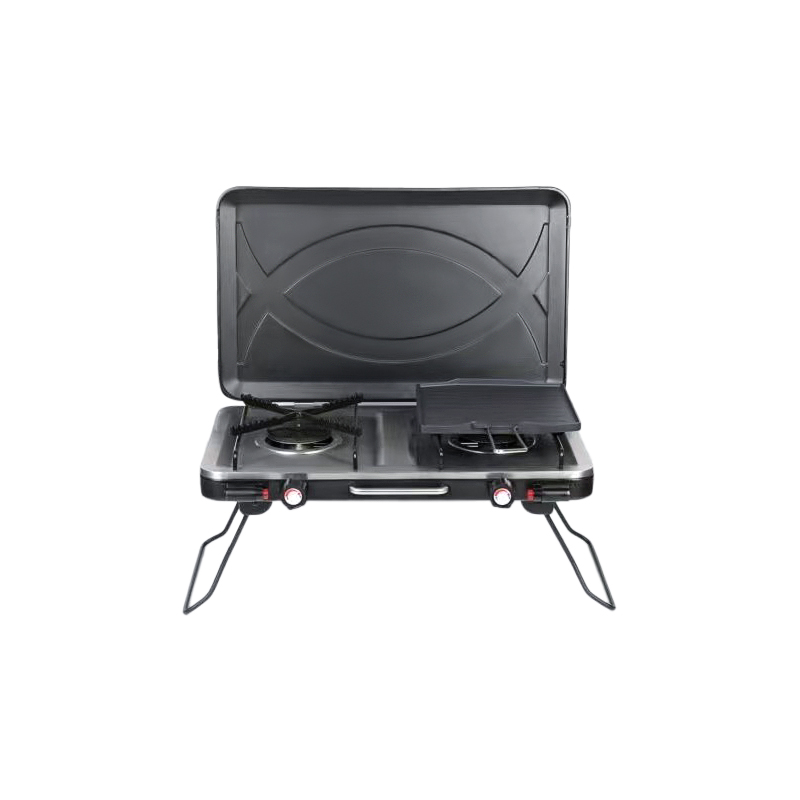Home / News / Industry News / How does the weight and portability of a steel barbecue grill affect its usability for outdoor events?
The transportability of a steel barbecue grill is inherently linked to its weight. Heavier grills, due to their substantial mass, can present challenges when it comes to relocating them for various events. This can be particularly cumbersome for individuals who need to move the grill frequently, such as those attending outdoor festivals, camping trips, or tailgating events. The increased effort required to lift, carry, or maneuver a heavy grill can lead to physical strain and inconvenience. In contrast, a lighter grill is designed to enhance mobility, allowing users to transport it with greater ease. Features such as compact design, foldable components, or integrated carrying handles further facilitate effortless relocation. These attributes make lighter grills more practical for users who require agility and convenience in their outdoor cooking equipment.
The process of setting up and breaking down a barbecue grill is significantly influenced by its weight. Heavier models often necessitate a more labor-intensive assembly process, potentially requiring multiple people or additional tools to handle the components effectively. This can extend the time needed to prepare for an event, impacting overall efficiency and user experience. For larger or more complex grills, the setup might involve assembling various parts, securing components, and performing initial checks, which can be cumbersome. Conversely, lighter grills are typically designed with ease of use in mind, often featuring simpler assembly instructions and fewer parts. This streamlined approach allows for quicker setup and teardown, minimizing preparation time and reducing physical effort, thus enhancing the overall convenience for the user.
Stability is a crucial factor for ensuring a safe and effective grilling experience. Heavier barbecue grills generally provide superior stability due to their increased weight. This added mass helps anchor the grill securely to the ground, reducing the risk of tipping or wobbling during use. This stability is particularly important when grilling on uneven surfaces or in windy conditions, as it ensures that the grill remains steady and that the cooking process is not interrupted. Enhanced stability also contributes to safety by minimizing the risk of accidents caused by an unstable grill. In contrast, lighter grills may be more prone to shifting or tipping, especially if not placed on a stable, level surface, potentially compromising both cooking performance and user safety.
Effective storage solutions are essential for maintaining the condition and accessibility of a barbecue grill. Heavier grills, due to their bulk and weight, often require dedicated storage space, which can be a challenge for users with limited storage options. This may necessitate allocating a specific area in a garage, shed, or outdoor storage unit, potentially occupying valuable space. The difficulty of moving a heavy grill in and out of storage can be a consideration. In contrast, lighter grills are more adaptable to various storage environments. Their reduced weight and compact design make them easier to store in smaller spaces or even transport between different storage locations, providing greater flexibility for users with limited space.
The weight of a barbecue grill is often indicative of its cooking capacity and features. Heavier grills are frequently equipped with larger cooking surfaces, additional burners, side shelves, or warming racks, making them suitable for preparing meals for larger groups. The increased surface area allows for more extensive cooking, which is advantageous for hosting gatherings or cooking multiple dishes simultaneously. However, this added capacity and feature set come with the trade-off of reduced portability, as the grill’s size and weight can make it less convenient to transport. Users must balance their need for cooking capacity with the practicality of moving and storing the grill based on their specific usage requirements.



 English
English 中文简体
中文简体 Español
Español ++86 13567131698
++86 13567131698










